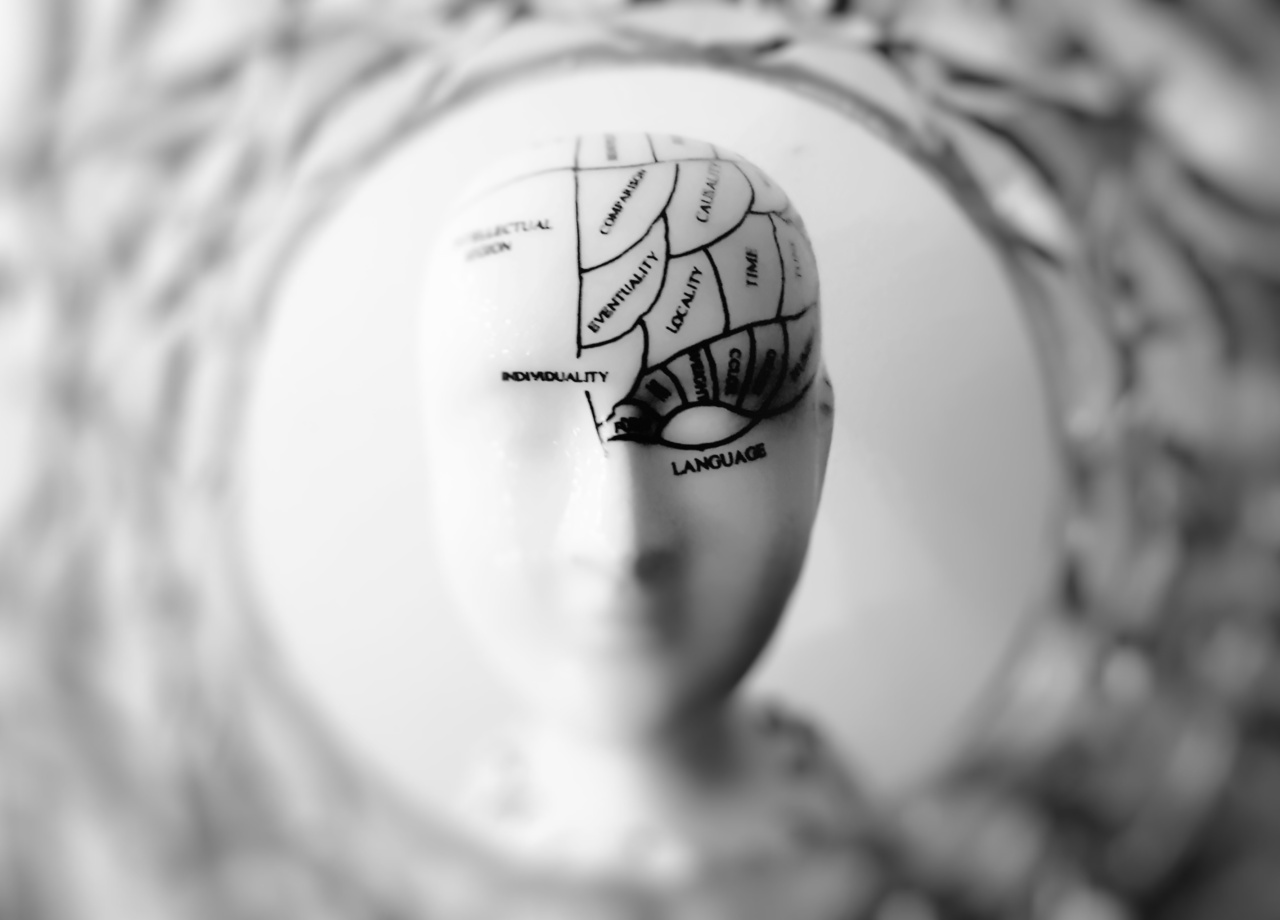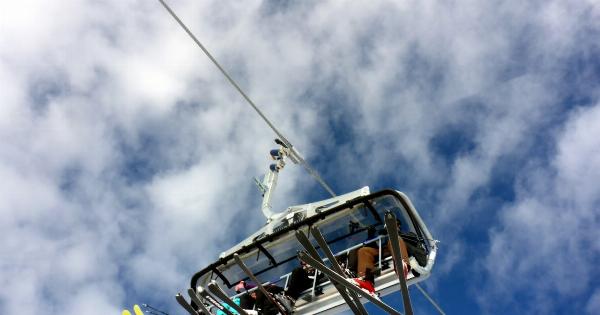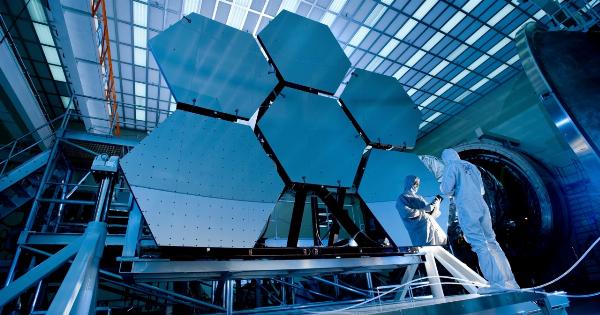Altruism, or the selfless concern for the welfare of others, is a fundamental aspect of human nature.
Evolutionary theories suggest that being altruistic can benefit the survival and reproductive success of both individuals and groups, leading to a more cooperative and cohesive society. However, what drives altruistic behavior in the brain is still a topic of debate among neuroscientists.
The prefrontal cortex and social processing
The prefrontal cortex (PFC) is a large region of the brain located at the front of the skull, behind the forehead. It is involved in a range of higher cognitive functions such as decision-making, planning, working memory, and social cognition.
Neuroimaging studies have linked the PFC to altruism, suggesting that it may play a role in regulating social behavior.
One study published in the journal Science in 2006 investigated the neural basis of donating to charity.
The researchers used functional magnetic resonance imaging (fMRI) to scan the brains of participants while they made decisions about donating money to either a charitable or personal cause. The results showed that the PFC was more active when participants donated to charity compared to when they kept the money for themselves.
Another study published in 2015 in the journal Nature Neuroscience examined the brain activity of participants as they played a game in which they had the opportunity to help or harm others.
The researchers found that the PFC was more activated when participants chose to act altruistically, suggesting that this region of the brain is involved in social decision-making.
The anterior cingulate cortex and empathy
The anterior cingulate cortex (ACC) is a region of the brain located above the corpus callosum, which connects the two hemispheres of the brain. The ACC is involved in a range of functions such as attention, motivation, emotion regulation, and empathy.
Studies have shown that the ACC may be particularly important for processing the emotional and social aspects of altruistic behavior.
One study published in the journal Psychological Science in 2004 investigated the neural basis of giving emotional support to others.
The researchers used fMRI to scan the brains of participants as they listened to recordings of a friend recounting a stressful experience. The results showed that the ACC was more activated when participants expressed empathy and support for their friend.
Another study published in 2010 in the journal Proceedings of the National Academy of Sciences (PNAS) examined the brain activity of participants as they played a game in which they could either share or keep money with themselves.
The researchers found that the ACC was more activated when participants shared the money, suggesting that this region of the brain may be involved in empathizing with others’ needs.
The striatum and reward processing
The striatum is a region of the brain located deep within the forebrain, involved in a range of functions including reward processing, habit formation, and motor control.
Several studies have suggested that the striatum may be involved in the rewarding aspects of altruistic behavior.
One study published in the journal Neuron in 2007 investigated the neural basis of donating to charity. The researchers used fMRI to scan the brains of participants while they made decisions about donating money.
The results showed that the striatum was more activated when participants donated to a charity compared to when they kept the money for themselves, suggesting that altruistic behavior may be intrinsically rewarding.
Another study published in 2012 in the journal Psychological Science examined the brain activity of participants as they made decisions about donating to charity.
The researchers found that the striatum was more activated when participants donated to a charity that aligned with their own moral values, suggesting that altruistic behavior may be influenced by personal beliefs and values.
The insula and disgust sensitivity
The insula is a region of the brain located deep within the cerebral cortex, involved in a range of functions such as emotion processing, interoception, and social cognition.
Studies have suggested that the insula may play a role in processing disgust, a negative emotion that is thought to play a role in moral decision-making.
One study published in the journal Nature in 2006 investigated the neural basis of moral emotions such as guilt and disgust.
The researchers used fMRI to scan the brains of participants as they made decisions about whether to donate money to a charity or keep it for themselves. The results showed that the insula was more activated when participants made decisions that violated their moral beliefs, suggesting that disgust sensitivity may play a role in moral decision-making.
Another study published in 2013 in the journal PNAS examined the brain activity of participants as they made decisions about donating to charity or harming others.
The researchers found that the insula was more activated when participants made decisions that caused harm to others, suggesting that the insula may be involved in regulating moral behavior.
The amygdala and emotional processing
The amygdala is a small, almond-shaped structure located deep within the temporal lobe, involved in a range of functions including emotion processing, fear conditioning, and social behavior.
Studies have suggested that the amygdala may play a role in the emotional aspects of altruistic behavior.
One study published in the journal Social Neuroscience in 2016 investigated the neural basis of cooperative behavior.
The researchers used fMRI to scan the brains of participants as they played a game in which they could choose to cooperate with or defect against their partner. The results showed that the amygdala was more activated when participants chose to cooperate, suggesting that this region of the brain may be involved in the emotional aspects of cooperating with others.
Another study published in 2020 in the journal Scientific Reports examined the brain activity of participants as they played a game in which they chose to donate money to a charity or keep it for themselves.
The researchers found that the amygdala was more activated when participants donated to charity, suggesting that this region of the brain may be involved in positive emotional responses to altruistic behavior.
Conclusion
Altruistic behavior is a complex phenomenon that involves a range of cognitive, emotional, and social processes.
Neuroimaging studies have identified several regions of the brain that may be involved in different aspects of altruistic behavior, such as the prefrontal cortex for social processing, the anterior cingulate cortex for empathy, the striatum for reward processing, the insula for disgust sensitivity, and the amygdala for emotional processing. Further research is needed to better understand how these regions of the brain interact to produce altruistic behavior, and how individual differences in brain function may influence altruism.





























